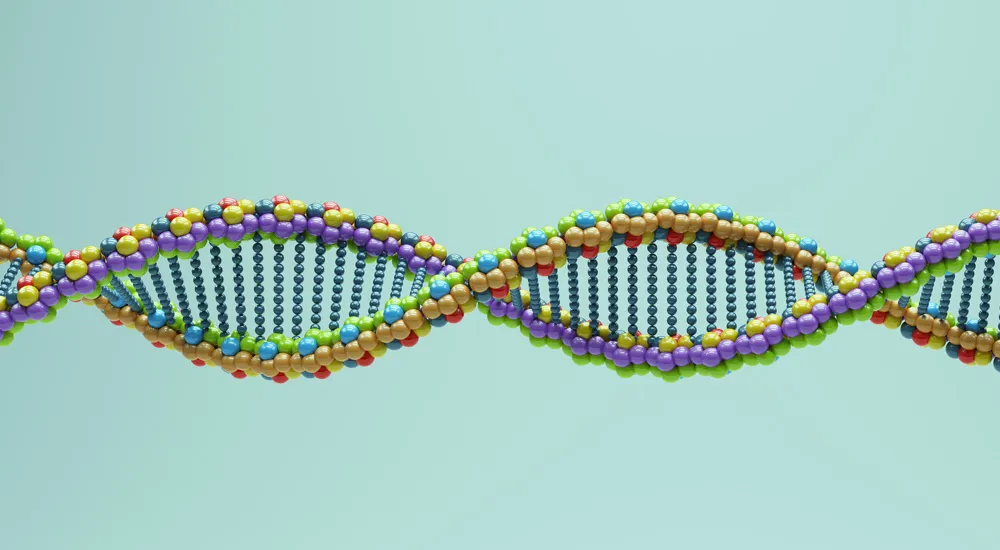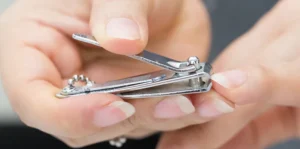MAY 26, 2023
Do Identical Twins Have the Same DNA?

Twins are the sibling duo that fascinates so many people. There are two types – fraternal and identical. One common question regarding identical twins is whether they actually possess the exact same DNA. Are you a parent of identical twins or an identical twin yourself looking for answers? In this blog we walk you through the types of twins, what makes twins unique, how twin DNA works, and so much more.
The Different Types of Twins
Understanding the process of how twins come to fruition can be tricky. The two commonly known twin types are:
Fraternal Twins
Of the two types of twins, the more common duo is fraternal twins (also called dizygotic twins). This type of twin duo is caused by two separate eggs being fertilized by two separate sperm cells in the same ovulatory window. They are essentially like siblings born at the same time and can be of the same or opposite sex. Dizygotic twins share, on average, about 50% of their genetic material, just like any other siblings.
While this scenario happens naturally, the likelihood of this “double fertilization” can occur at a much higher percentage for women that utilize assisted reproductive technologies, such as in vitro fertilization (IVF). With IVF, multiple embryos may be transferred to the uterus to increase the likelihood of successful implantation, which can result in twins or even higher-order multiple pregnancies.
Identical Twins
Less common, identical twins (also called monozygotic twins) occur when a single fertilized egg – known as a zygote split into two separate embryos. A fertilized egg/zygote splitting usually happens between one and seven days after fertilization. In rarer cases, this split can occur after eight days and up until thirteen days after fertilization.
The newly created separate embryos both remain in the mother’s uterus and develop alongside each other. They share the same genetic material and are of the same sex. Identical twins typically have a very similar physical appearance, although slight variations can occur due to environmental factors and random genetic mutations. Therefore, their exact DNA makeup might not be exactly identical.
When Does an Embryo Split Occur During Pregnancy?
A common question when talking about identical twins is when during pregnancy does an embryo split into twins? Most twins form between days 3 and 7 after fertilization. There are a few stages at which an embryo can split into two different zygotes. Typically, the earlier that a zygote split occurs, the less similar the twin’s DNA is.
3-Day Separation
With a typical pregnancy, at or around the 3-day mark, the fertilized egg splits into two but remains connected. Each half continues to split while remaining connected, increasing the number of total cells exponentially. However, with 3-day split twins, when the initial fertilized egg splits, it fully disconnects. From that point forward, the two cells develop independently. 3-day split twins are likely to be the least similar genetically. The earlier the separation occurs, the more potential for genetic mutation there is.
5-Day Separation
In some situations, it can take up to 5 days for the split to occur, causing twins to form. These types of twins are called mirror-image twins. They each have a separate placental sac. In this situation, the zygote continues to multiply well beyond the two-cell stage. The twins of this type of split have DNA that is more similar than 3-day split twins.
9-Day Separation
Around day 9 or later marks the final stage for a zygote split to occur. Like a 5-day split, these 9-day split twins are still considered mirror-image twins. Compared to 3-day and 5-day twin splits, these twins are least likely to have genetic mutations and the most similar in terms of their DNA and genetics.
Late Splitting Twins
Another scenario that is possible with monozygotic/identical twins is when a split occurs even later. Late-splitting or delayed-splitting twins are a subtype of monozygotic twins that occur when a zygote splits after the initial embryo formation. Late-splitting twins develop independently with separate amniotic sacs and placentas, similar to how fraternal twins develop. They may have different genders and can show variations in physical characteristics and genetic makeup. Late-splitting twins are relatively uncommon, and the factors and implications of this late division are not yet fully understood. This phenomenon is still being researched in embryology.
How Similar Is the DNA of Identical Twins?
Small genetic mutations make identical twins genetically unique. In some cases, these genetic mutations can mean that one child is larger, has slightly different characteristics, or even has different health problems than the other. A recent scientific study comparing 381 twin pairs found that so-called identical twin pairs differed by an average of 5.2 mutations.
How do genetic mutations arise? They occur because the enzyme that is supposed to copy our DNA makes mistakes. If these errors are not corrected, they persist as mutations. When a mutation occurs after the cell mass has split in two, one twin gets the mutation and the other doesn’t. Even if the mutation occurs before the cell mass splits, it has the potential to only affect one twin and not the other.
While twin DNA is more similar than the DNA of any other sibling pair, it is not the same. Much like a fingerprint, no two people have the exact same DNA. While extremely similar DNA among identical twins is possible, considering it to be the exact same would be a mistake.
About DNA Diagnostics Center (DDC)
DNA Diagnostic Center is the world leader in paternity and relationship testing. We serve healthcare professionals, government agencies, and individuals around the world to determine family relationships with trusted accuracy.
More Questions? Don’t hesitate to call us: we’re here to help!
CALL NOW




